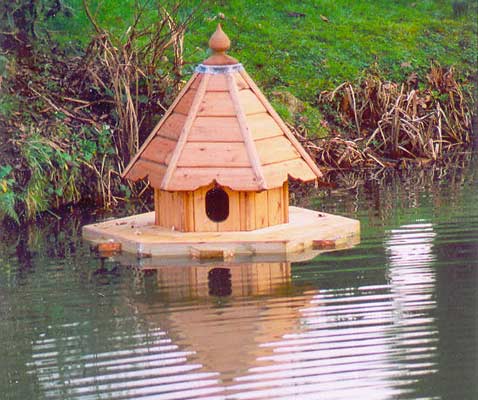How to Build Nest Boxes for a Mallard Duck

Mallard ducks are one of the most colourful and elegant species of ducks, which feed on greens and aquatic invertebrates.These ducks prefer to habitat in shallow ponds and marshes. Mallards like living near areas of heavy cover or in a scrape on the ground close to the water and if you have these ducks at home, you need to provide them such natural living environment for their healthy growth. Building nest boxes for mallard ducks is a good way to provide them coverage and protection from weather and predators.
Instructions
-
1
Begin with making the base of the box out of fencing wire. Cut out a 7-foot long and 36-inch wide piece of the fencing wire and it is better if you have the plastic coated one, since it protects against rust.
-
2
Measure the first three feet of the fencing wire and roll it into a cylindrical shape, securing it with plastic ties firmly. Make sure the opening of the cylinder is at least 12 inches wide so that your mallard duck can pass through it.
-
3
Roll the remaining fencing wire into a cylindrical shape and you might need a help from someone to hold it in position while you keep on placing covering material, like hay, onto the fencing. This will increase the insulation of the box nest and will provide a camouflage for the mallard at the same time.
-
4
Once the entire insulated fencing wire is rolled into a cylinder, secure it with plastic ties again. You may also use piece of metal wire to affix the fencing but make sure no sharp edges remain to injure the ducks.
-
5
Place more hay inside the cylinder to for the nesting base and then face the fencing end pointing out of the nest.
-
6
You must be aware of seasonal water levels in the lake or pond where the mallards live, as flooding might wash away the box nests. Once you know the highest possible water level, you can make a platform a couple of feet higher than that level to place the box nest within water.
-
7
You better place the nest in a covered area, like a marsh, so that the predators might not notice the mallards entering or coming out of their resting place.
-
8
Placing a predator guard will ensure your mallards are out of the reach of predators, who might climb into the nest.







